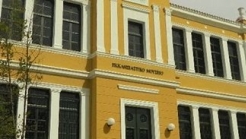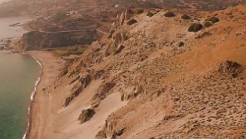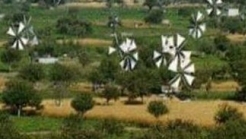

Greece
1600 B.C. Spring festival Guests proceed to the theatre of the palace to honour the Great Mother, Goddess Nature. The guide informs the guests about the proceedings. Everybody is excited about what will follow. The high-priestess enters the stage. She is burning incense from aromatic herbs of the
1600 B.C. Spring festival
Guests proceed to the theatre of the palace to honour the Great Mother, Goddess Nature.
The guide informs the guests about the proceedings. Every body is excited about what will follow.
The high-priestess enters the stage. She is burning incense from aromatic herbs of the Cretan land. Offerings are given to the personification of Goddess Nature, the olive tree (treeworship).
offerings follow, gifts of the Cretan Earth. Carobes, nuts, pines, fruit etc.
The Minoan ladies dance to hnour the Goddess along with the men. Their union, a symbol og equality and love in honour of the Great Mother.
The games will begin. Strength, stamina and intelligence will surface through the bull games, surviving the fatal risks of the game with the sacred bull.
The high priestess embraces the Minotaur in a ritual dance.


The Alexandroupoli Ecclesiastical Museum houses the collection of ecclesiastic objects that were collected from the churches and monasteries of the Alexandroupoli Metropolis.


Southern Crete After the beach of Saint Pavlos a path leads tot he beach of dunes.


Lassithi is a part of Crete where you have the chance to meet the long history of the island from all time periods and at the same time to enjoy the incredible changes of the natural environment.
1039 Ε 6061 01515 00